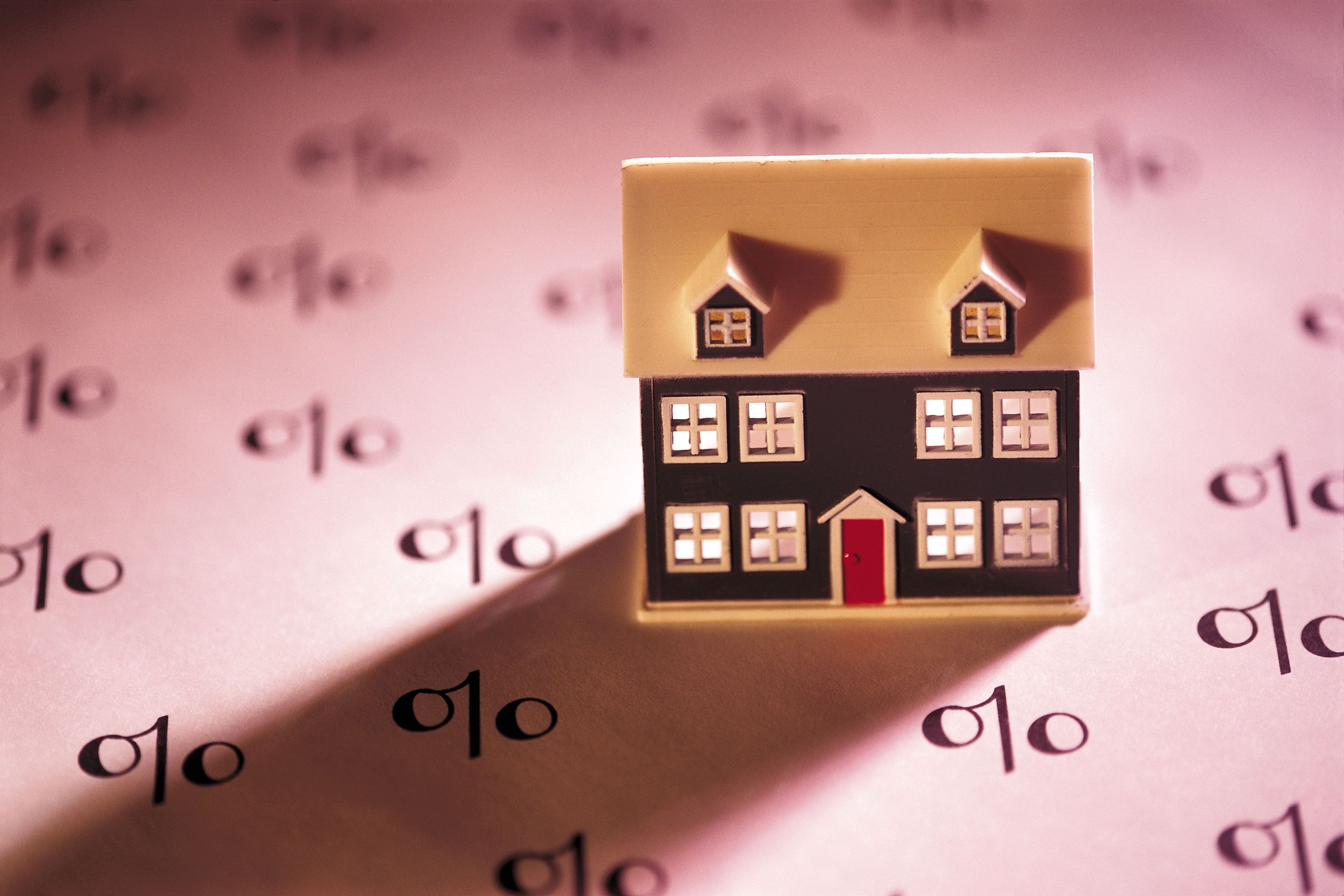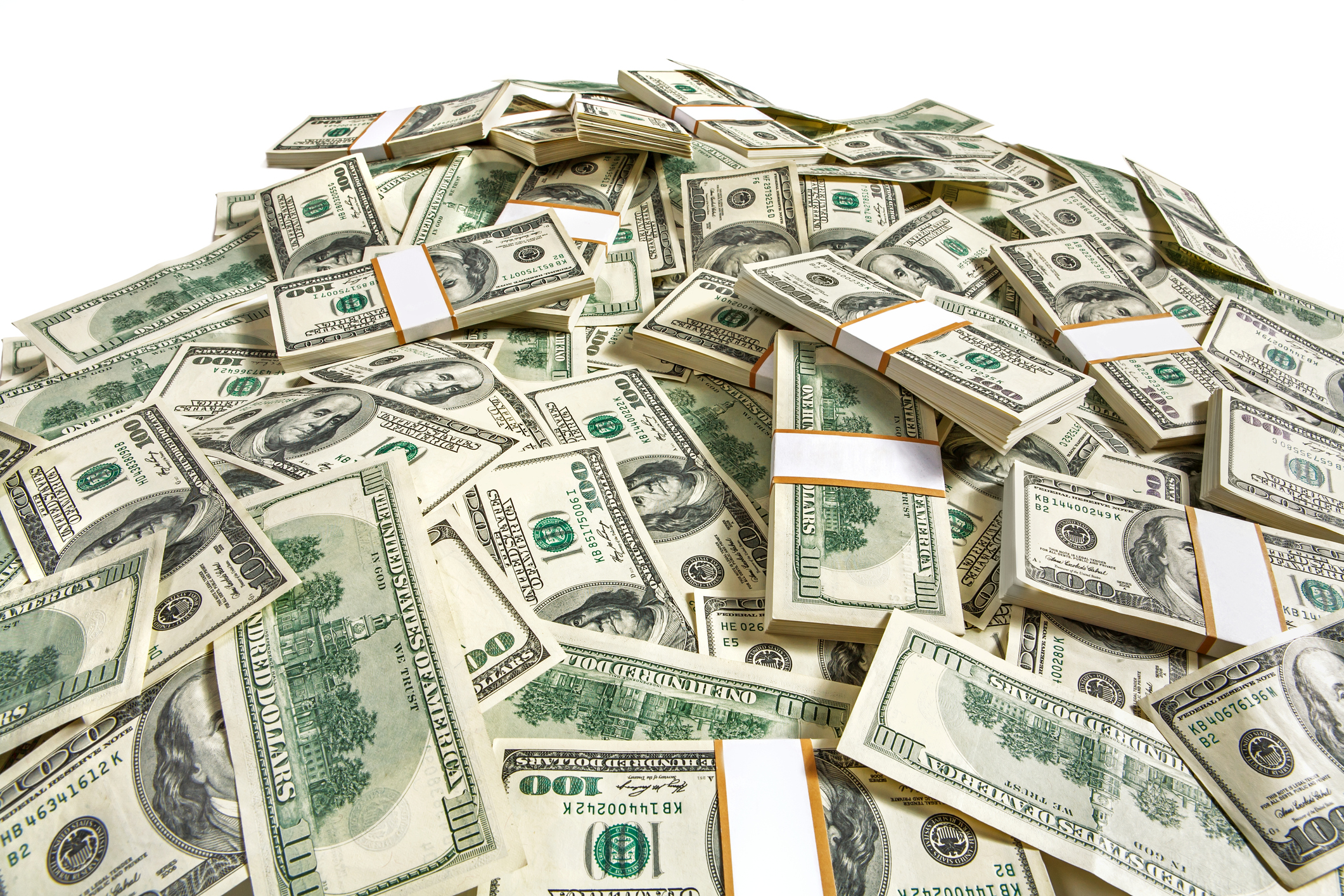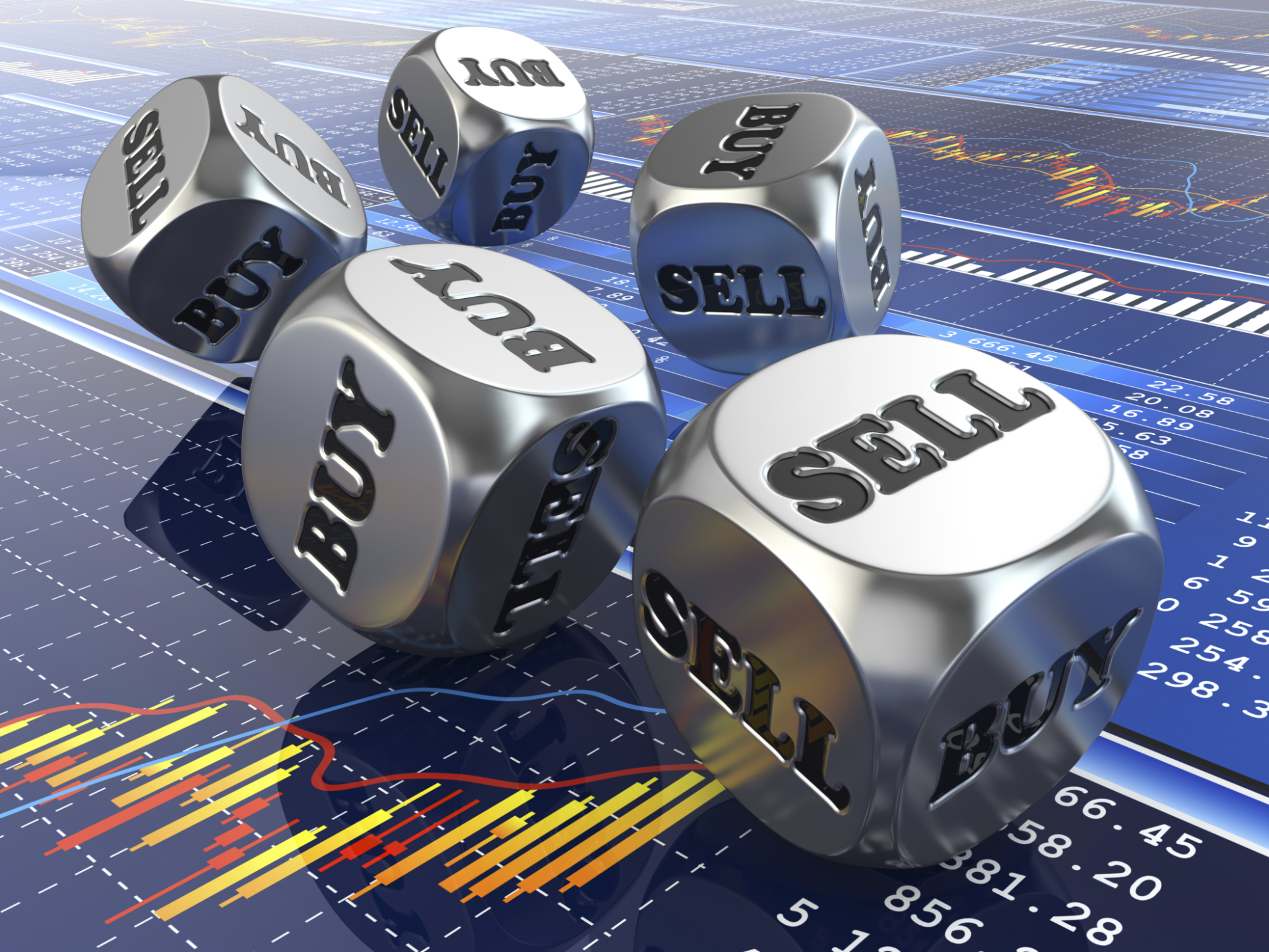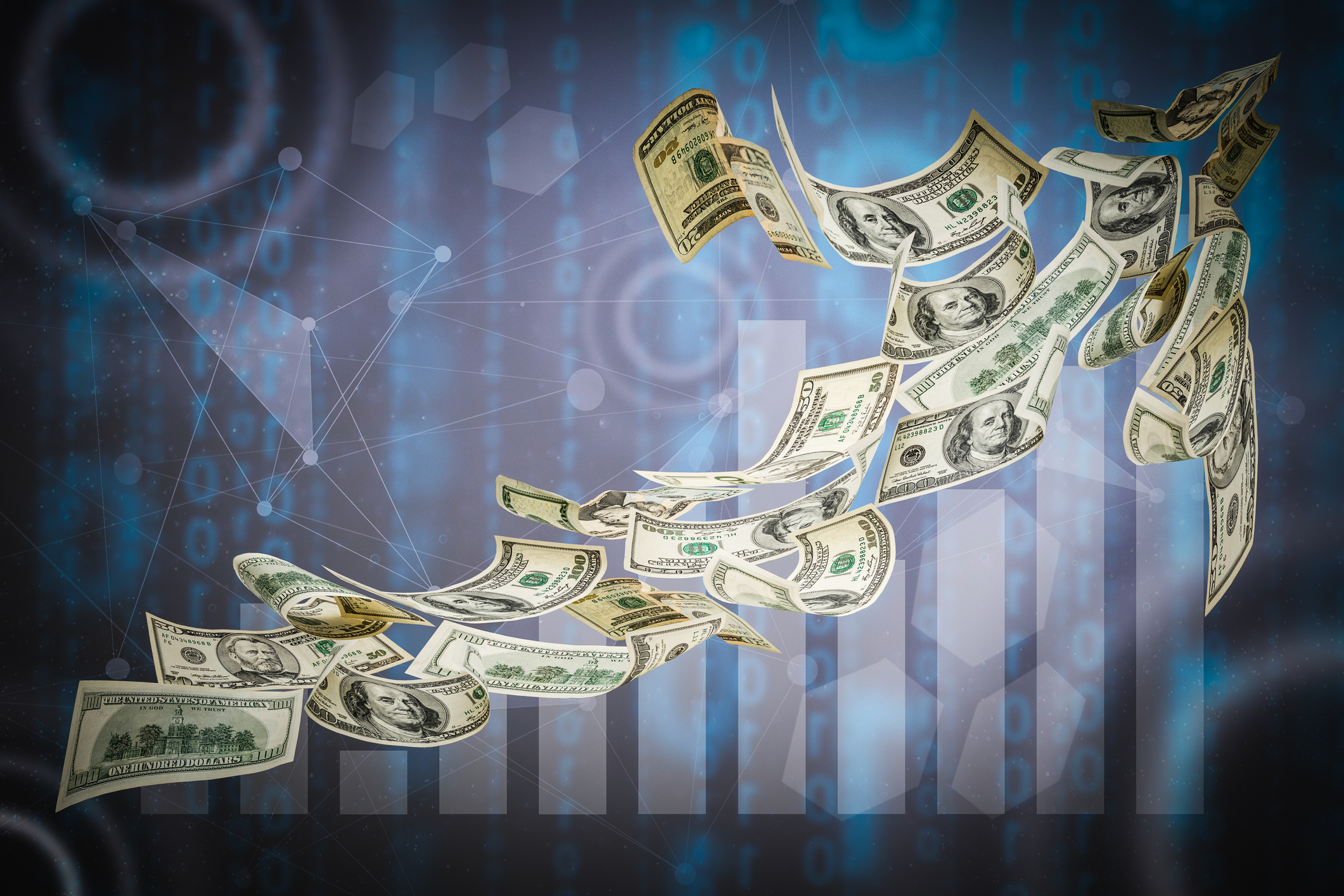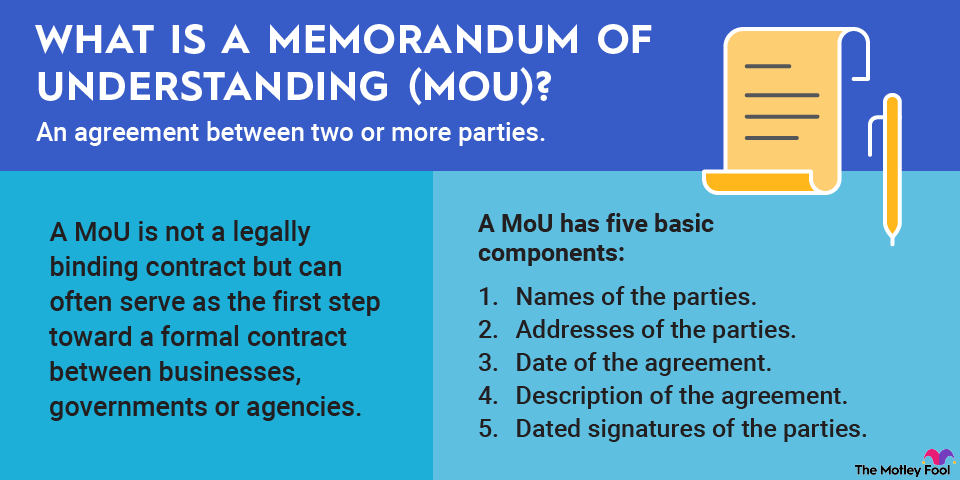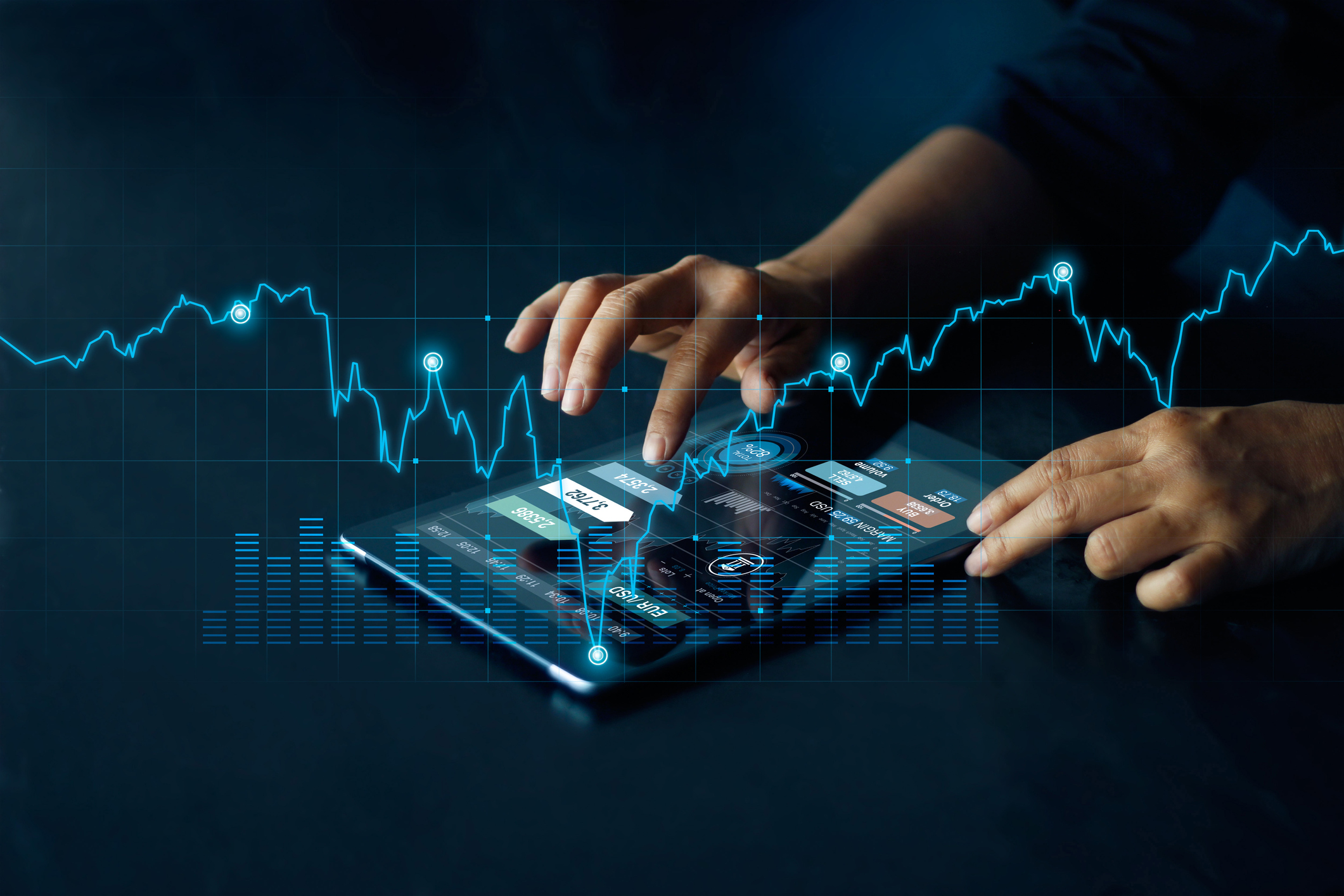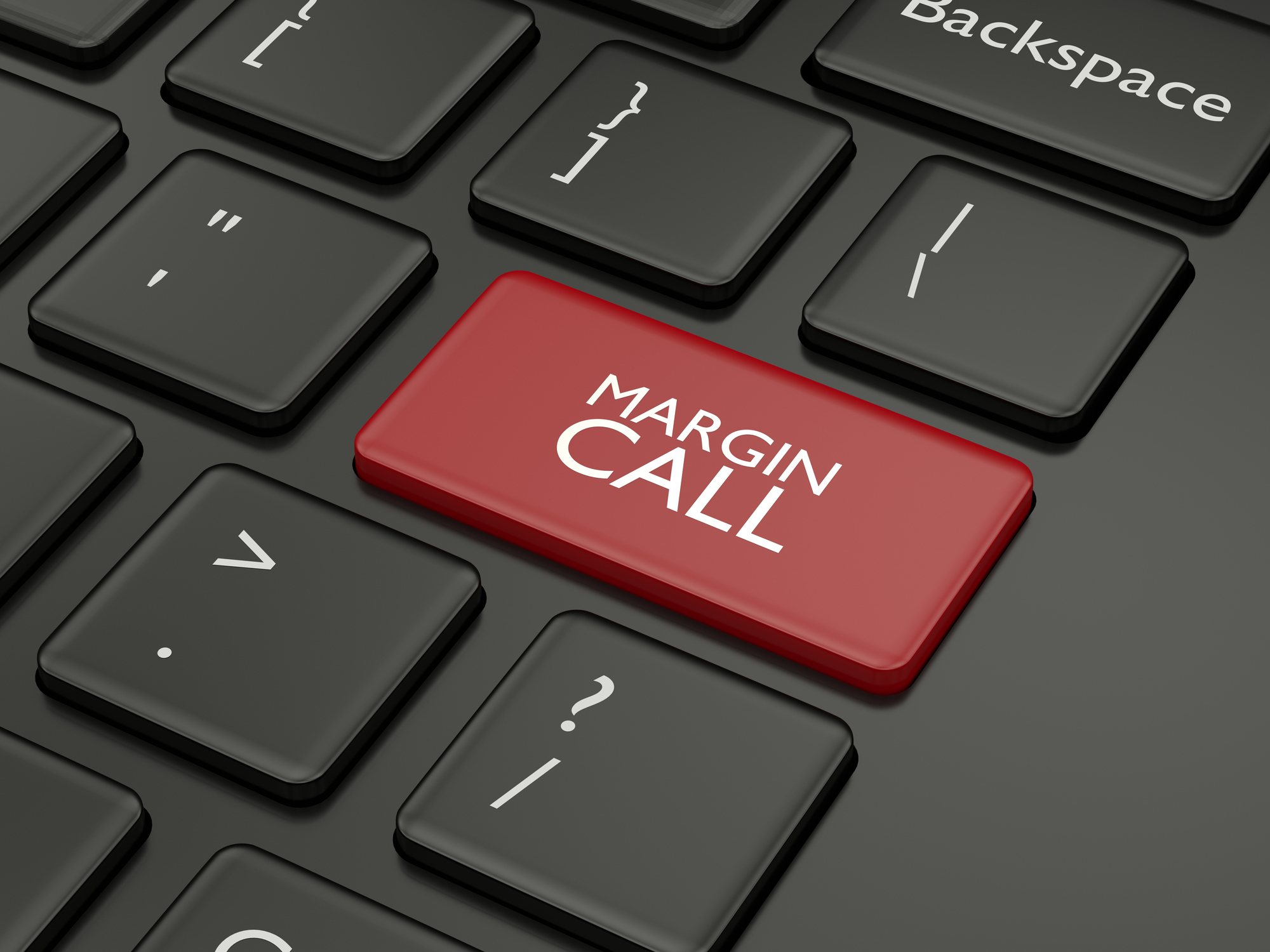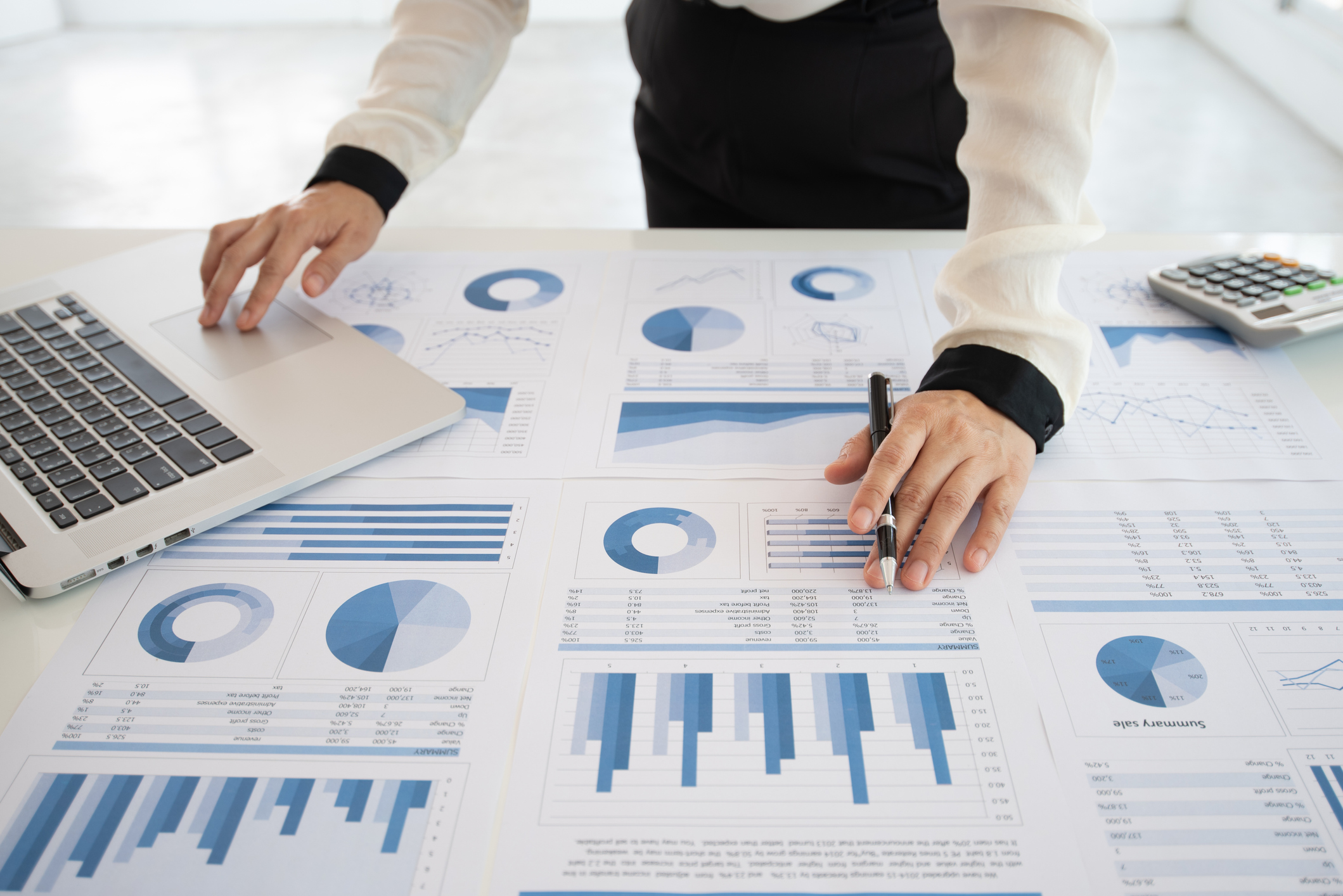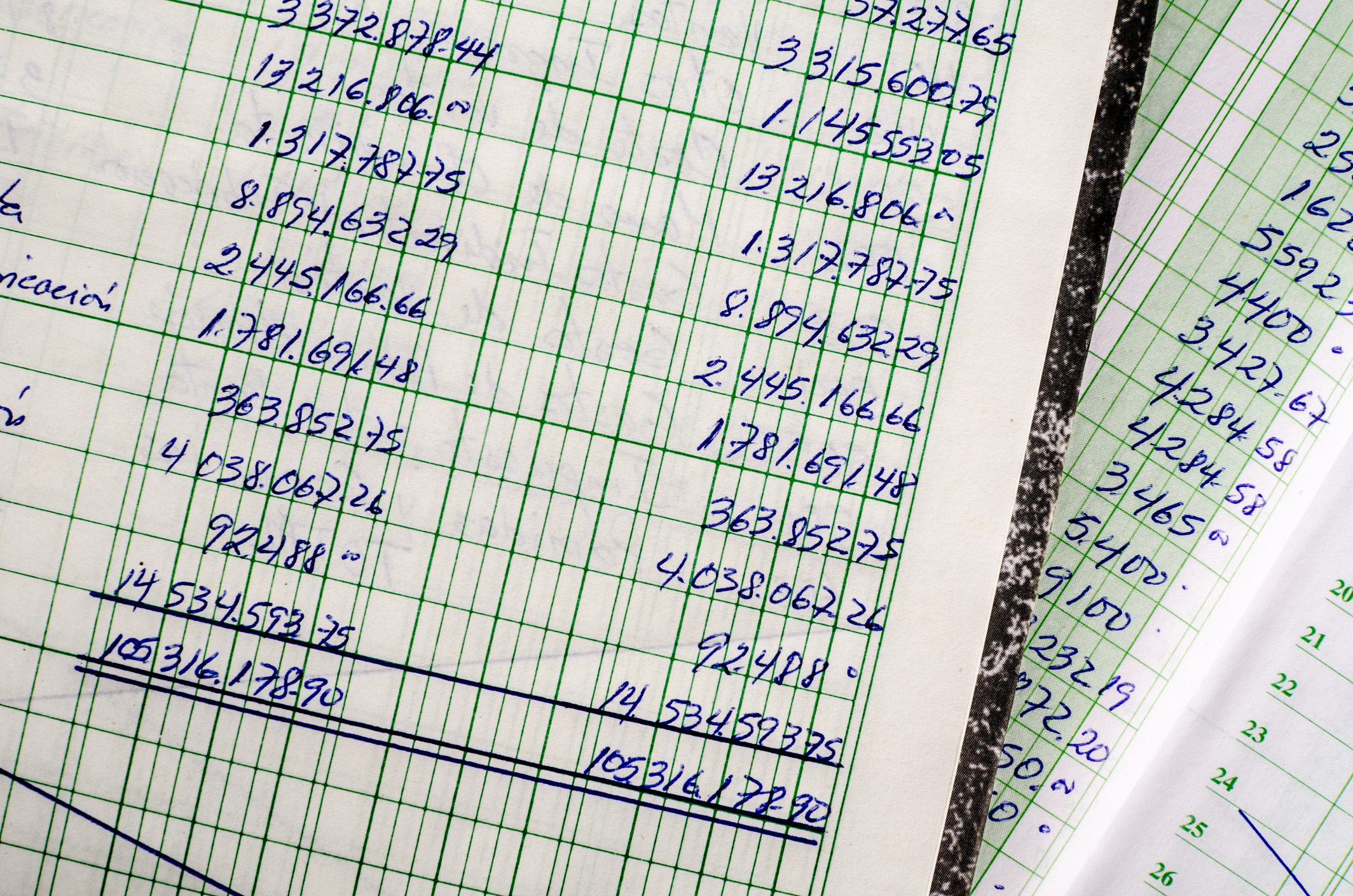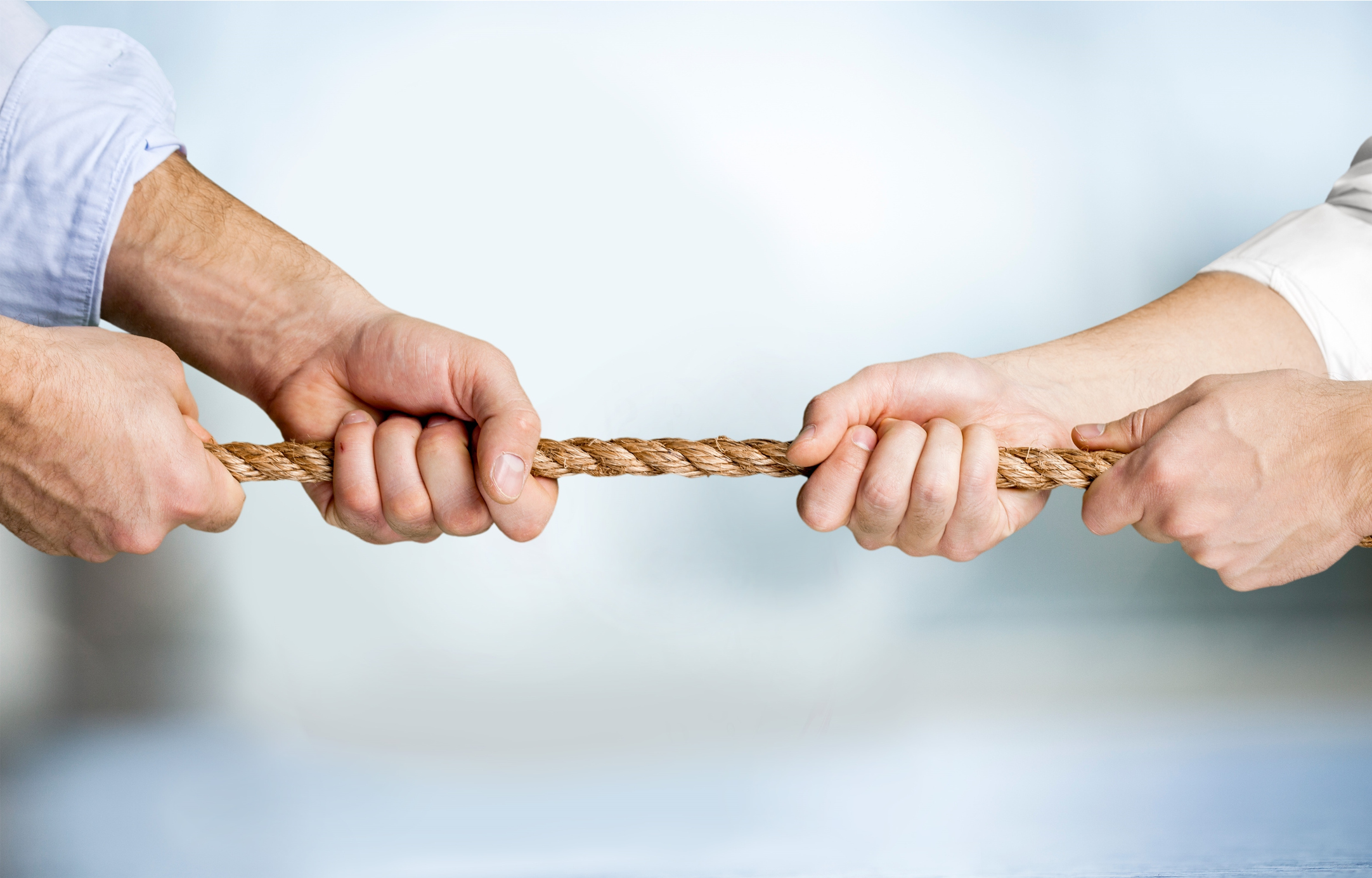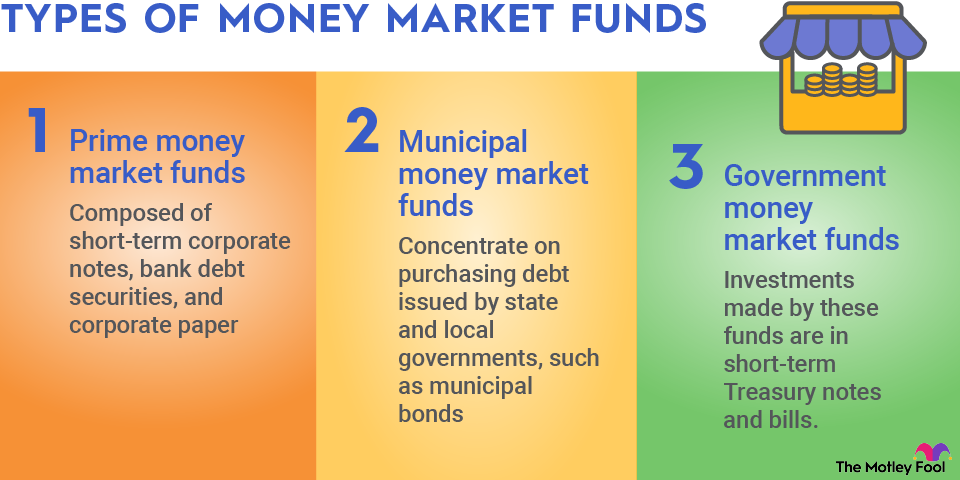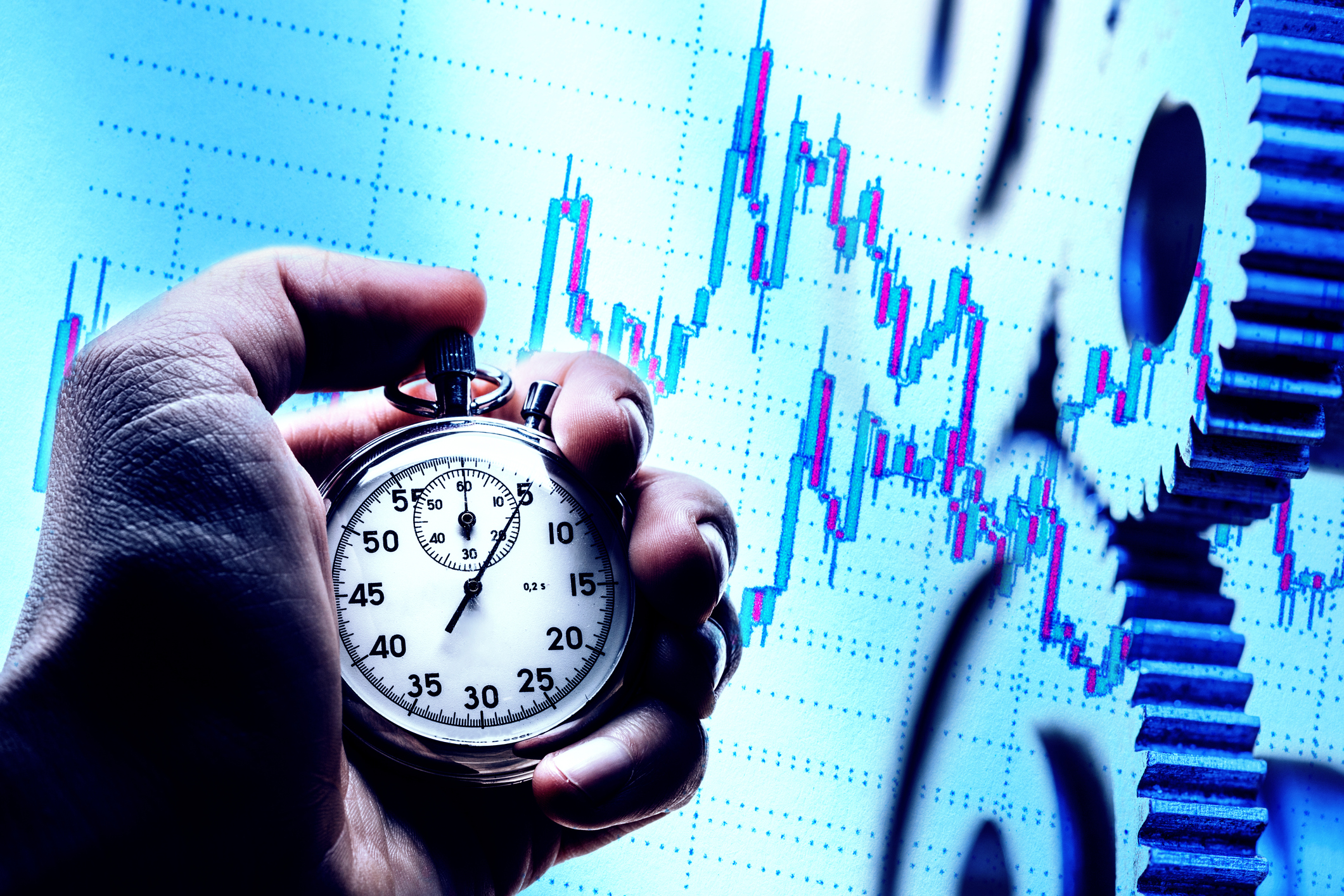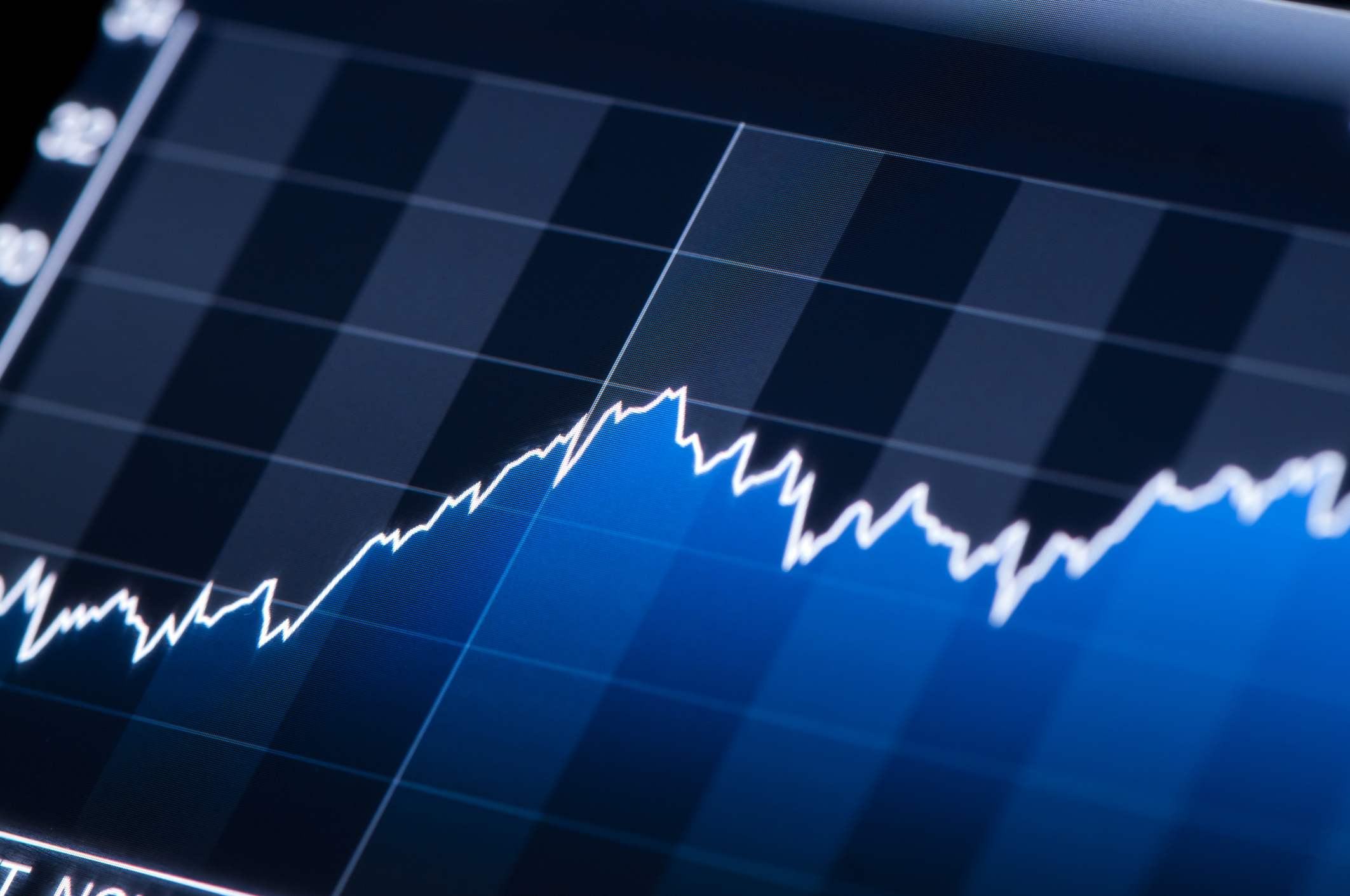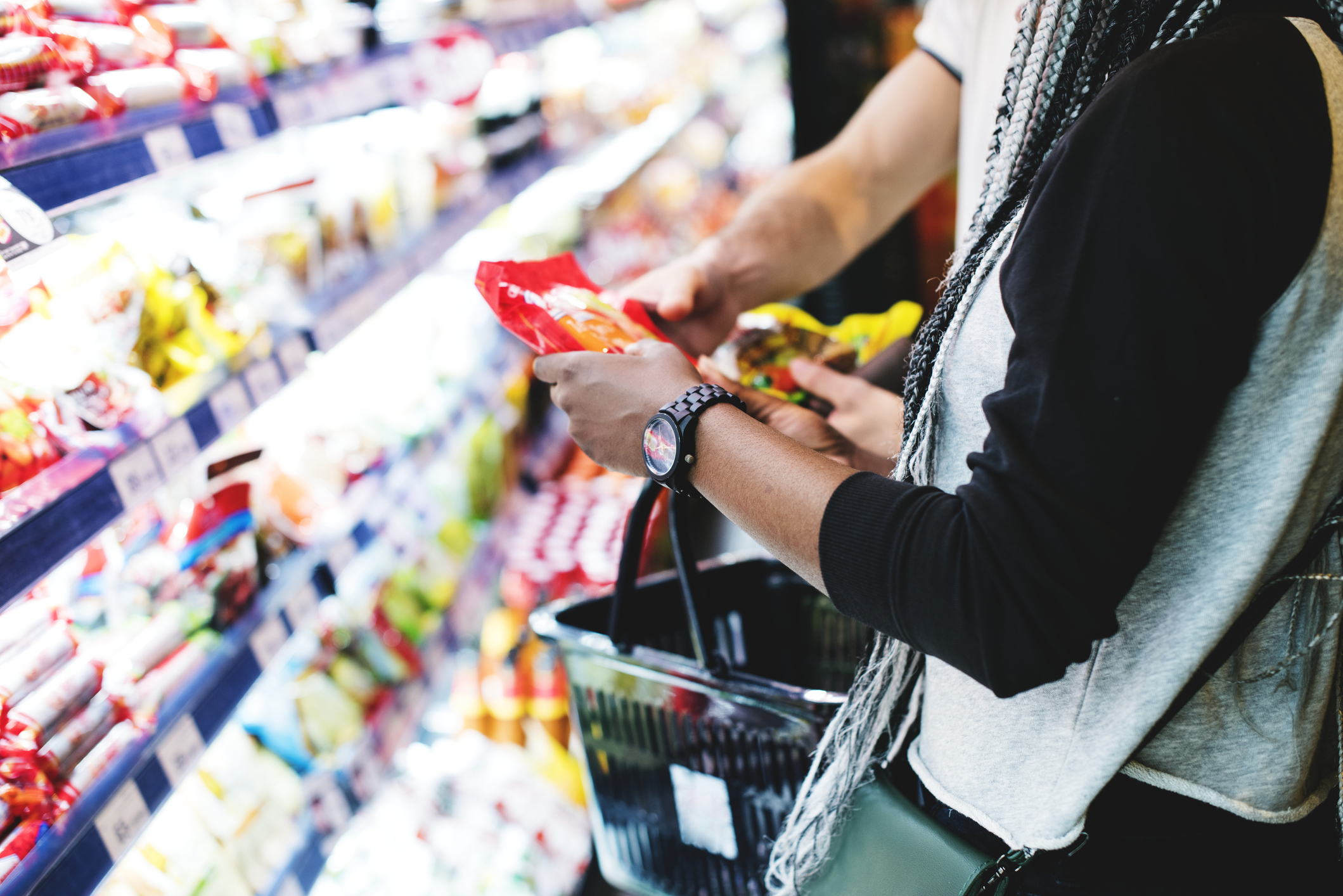As investors, there's one thing that we're all after: money. Although for most of us, the goal of getting that money is really something like security or generational wealth, we have to start with the basic building blocks of the economy to end up at our stated goals. But what is money, and how did we get from hunting and gathering to bills, coins, cards, and crypto?
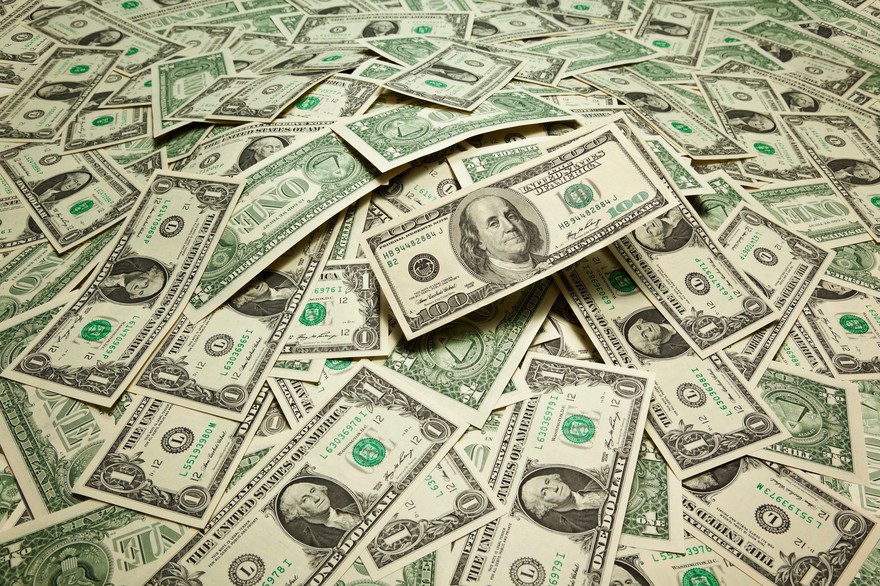
What is money?
If you ask the International Monetary Fund (an authority that certainly knows money), money is anything at all as long as it can act as a store of value, a unit of account, and a medium of exchange. That means that almost anything can act as money as long as we all agree that it has a specific value.
The dollars in your wallet have a value. But in the past, so have beaver pelts, silver bars, and even enormous stones. Money might make the world go 'round, but it's not exactly a concrete concept that has remained static.
From the barter system to money: transferability and divisibility
When humans first started conceiving of economic systems, they did so on a barter basis. I'll trade my six chickens for your bale of hay to feed my goat, my goat milk for your basket of turnips, and so forth. Bartering works at a very limited scale, but it's sometimes difficult to find the person who wants your turnips and has goat milk to trade.
Take that into a more advanced society, where there's a guy fixing oxcart wheels in exchange for what farmers have to offer, and you have a world where financial chaos reigns supreme. Prices for services are constantly shifting since people can only pay with what they have, and you're also forced to deal in surpluses of items you don't even know how to sell. How many eggs before you're out? How do you make change for a goose when your regular price is two chickens?
That's why money became a thing. Rather than requiring bartering items with unstable values and where demand may not be as universal as hoped, money possesses both transferability and divisibility, even if that money is in an early form -- what's called "commodity money." Commodity money is somewhere between random baskets of eggs and paper cash.
Commodity money and fiat currency
Commodity money was the first real stab at money as we know it. Instead of accepting goods or services in trade for very different goods and services, people found certain objects that had wide appeal, were easy to store, kept for a long time, and could be easily traded and divided, in case you needed less than one beaver pelt worth of flour.
Beaver pelts were actually a popular form of commodity money in the early United States since they were abundant, useful, and easy to trade. But over time, the beaver trapping world fell away, and mining became a more common trade, birthing metal as currency in the U.S. (and, of course, the Romans did this long before we ever did). Metal-backed paper money, like bills, was built on silver and gold standards. Finally, currency evolved into the paper money and digital money we use today.
That unbacked paper money was a huge change in how money is thought about and marked the move from commodity money to fiat money. The value of fiat currency is defined by the economic environment and the faith of the people using it, nothing more. Some will try to say that this means all money is an illusion, but the truth is that we just decided that one piece of paper is worth the same as five beaver pelts, and the vast global economy keeps the belief in that idea alive.
Defining money by its properties
If you want to talk about money by its properties rather than its history, there are a few very strict properties it should possess:
- Fungibility. Fungibility means that every dollar is the same as every other dollar, more or less. They might be different years or have different serial numbers, but every George Washington can be directly swapped for another George Washington without any loss of value or utility.
- Durability. Your money has to be durable and able to stand up to many rounds in the washing machine, as well as time. Back in the old barter system, decay was the enemy of stores of value like fruit, which had to be bartered quickly before losing all its value. Money has value for the amount of time it exists, so it must exist for a long time.
Related investing topics
- Portability. If you can't carry your money around to use it to buy stuff, it's not all that useful. Although there are reports of remote tribes that use unusual objects as money, you generally want money that you can put in your pocket or your backpack, spend as needed, and carry on to the next taco stand.
- Stability. The money supply has to remain constant for the value of the money to remain stable. Although inflation and other economic factors will change the value of money over time, it should be a slow and predictable rise and not a jagged and erratic experience that leaves you not really knowing what your money is worth from one day to the next.
- Recognizability. Last but not least, money must be instantly recognizable. If other people see what you're trying to pass off as money as anything but money, that's not a very useful store of value. If we all agree on something being money, we should all be able to tell it from all the other things that somewhat resemble it, too.
